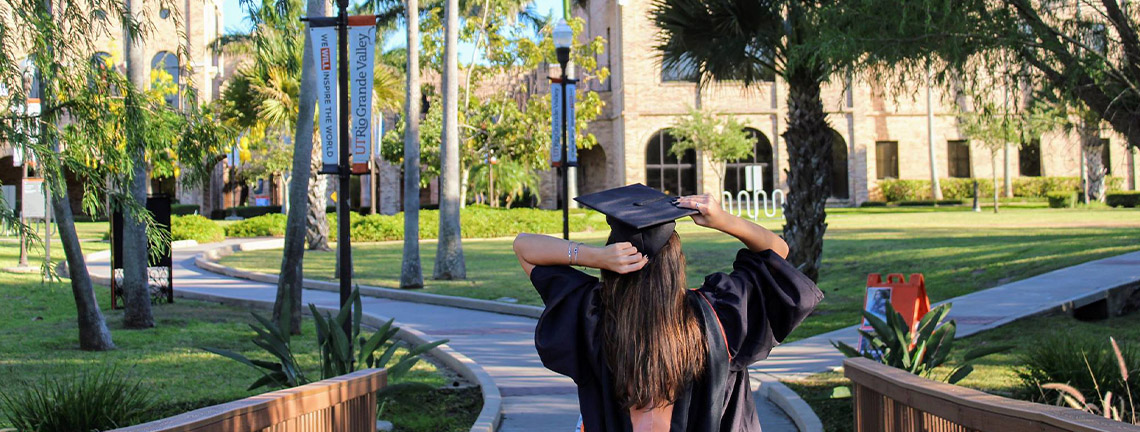
Theses and Dissertations
Date of Award
8-2021
Document Type
Thesis
Degree Name
Master of Science (MS)
Department
Electrical Engineering
First Advisor
Dr. Nazmul Islam
Second Advisor
Dr. Hasina Huq
Third Advisor
Dr. Heinrich Foltz
Abstract
In the first part of this research, the effect of the deposition conditions on properties of molybdenum thin-film were investigated to achieve desired characteristics for its application as the back electrode of Cu(In,Ga)Se2 solar cell. DC and RF magnetron sputtering modes were employed and two sputtering parameters namely, working pressure and sputtering power, were varied to determine the sputtering mode and the sputtering conditions best suited for Mo thin-films having required properties. Sputtered Mo samples were characterized to determine their structural and mechanical properties such as preferred growth orientation, crystallinity, grain size, dislocation density, adhesion, and micro strain, and electrical property such as sheet resistance. DC sputtering mode, lower working pressure and higher sputtering power yielded single layer Mo thin-films with better properties in general. The single layer Mo thin-films with desired characteristics were then utilized to fabricate bilayer and tri-layer Mo thin-films for further simultaneous improvement of properties such as lower sheet resistance and better adhesion of the films to the substrate along with other features. The all-DC sputtered bilayer and the DC sputtered single layer Mo thin-film which was deposited under lower working pressure exhibited the best of the characteristics required to employ the films as back contact of CIGS solar cell. The RF sputtered single layer Mo thin-film deposited under lower working pressure remained very close to above two in terms of desired characteristics. The best of the tri-layer Mo thin-films- all-DC and all-RF sputtered- displayed inferior properties compared to the best of the single layer and bilayer Mo thin-film samples.
In the second part of this research, numerical simulation and analysis of CIGS solar cell were conducted to optimize its performance and compare among the cells using different materials for buffer and window layers. The one-dimensional solar cell simulation program SCAPS-1D (Solar Cell Capacitance Simulator) was used for simulation and analysis purposes. CdS and In2S3 for the buffer layer, and ZnO and SnO2 for the window layer were considered to generate different CIGS cell structures. The effects of variation of bandgap, concentration, and thickness of these materials along with p-type CIGS absorber layer were investigated. Besides the solar cell efficiency, the open-circuit voltage, short-circuit current density, fill factor and quantum efficiency of the cell structures were observed from the simulation. The change in cell efficiency with variation in temperature was studied, too. A comparison among the different CIGS cell structures employing different buffer and window materials was performed. The performance of the modeled cell structures was put to comparison against some laboratory research cells, too. All simulated CIGS structures showed better performance compared to the laboratory cells. In2S3 appeared to increase efficiency and thus posed a great potential for non-toxic CIGS solar cells. Though the CIGS absorber layer required more thickness for desired output, the successful application of thinner SnO2 replacing the ZnO buffer layer can pave the way to less thick CIGS thin film solar cells.
Recommended Citation
Zulkarnain, M. I. (2021). Effect of Deposition Conditions on Properties of Molybdenum Back Electrode for Cu(In,Ga)Se2 Solar Cell and Cu(In,Ga)Se2 Performance Analysis through Numerical Simulation [Master's thesis, The University of Texas Rio Grande Valley]. ScholarWorks @ UTRGV. https://scholarworks.utrgv.edu/etd/998


Comments
Copyright 2021 Meah Imtiaz Zulkarnain. All Rights Reserved.
https://go.openathens.net/redirector/utrgv.edu?url=https://www.proquest.com/dissertations-theses/effect-deposition-conditions-on-properties/docview/2596055247/se-2?accountid=7119